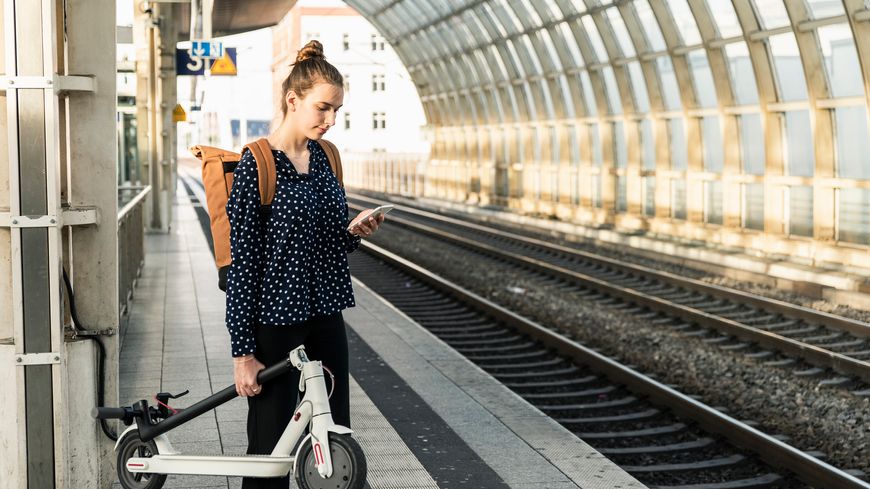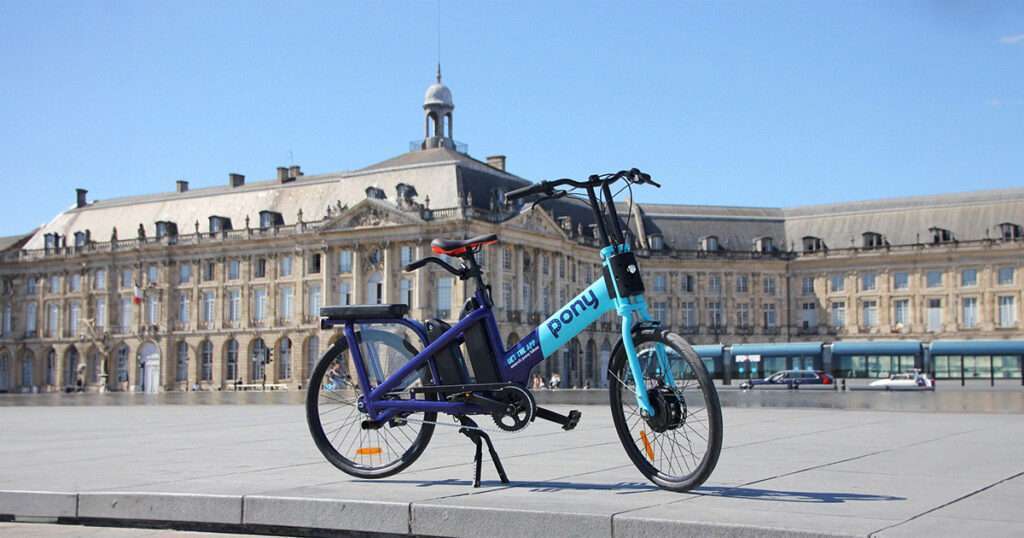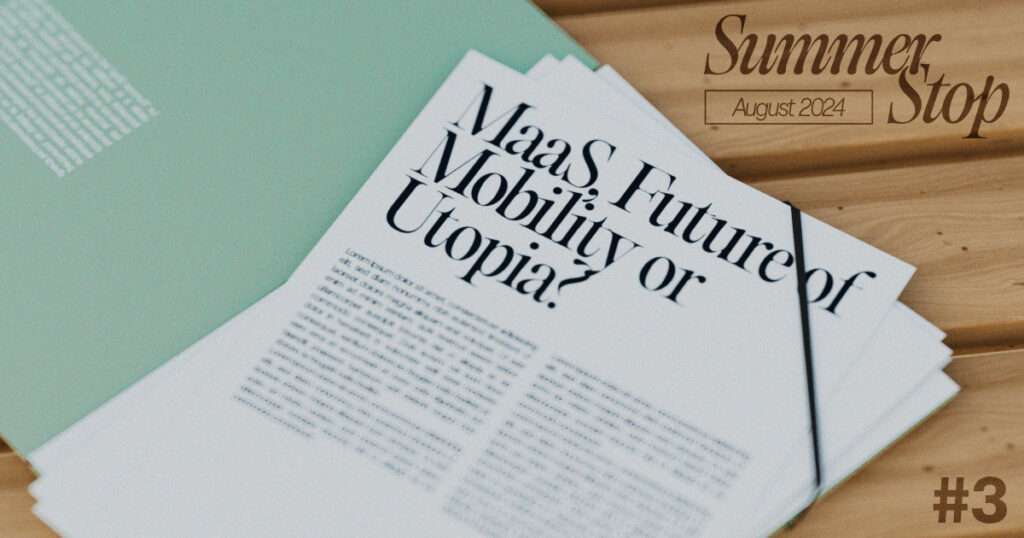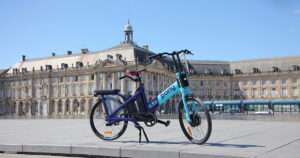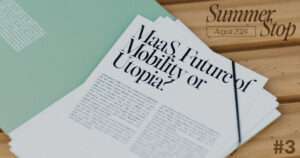Good news for the Mobility as a Service market in France, the SNCF’s MaaS application has just extended its mobility offer. Indeed, after trains, buses, VTC, cabs and carpooling, we now find bicycles and scooters on “Assistant SNCF”. Developed by e.Voyageurs SNCF, a digital subsidiary of SNCF Voyageurs, the application has just integrated this new offer in 5 French cities. Namely Paris, Lyon, Marseille, Bordeaux and Grenoble.
The goal : Promote soft mobility
With “today, 23% of scooter trips combined with public transport or walking are mainly for home-to-work journeys”, Assistant SNCF had no choice but to seek to complete his offer. Launched in 2019, the railway company’s MaaS application now has more than a million multimodal route searches per day on average in 500 cities in France.
Multimodal routes offering train and public transport as modes of transport. But also VTC with Uber, cab and carpooling. And now the arrival of self-service scooters and bicycles. By logging on to the application, users will be able to plan their scooter or bicycle trips. And this only in the cities of Paris, Lyon, Marseille, Bordeaux and Grenoble.
As stated by SNCF Voyageurs General President Christophe Fanichet in their press release, “With the integration of these new self-service scooter and bike offers, we are taking an important step towards making our Assistant SNCF application the reference for everyday mobility. By offering an ever more fluid and natural experience between modes, we are taking action to simplify the lives of our passengers.”
Integration made possible in large part by a single API
BlaBlaRide, Zoov, Jump, Tier, Dott, Wind, Lime, Pony, Vélo’v, V3, Vélib, … Here is the list of new operators available on the Assistant SNCF. An integration made possible thanks to the Fluctuo Data Flow API. Aggregator of shared mobility services, this startup provides the application with all the location data of the vehicles and their state of charge. And this in real-time.
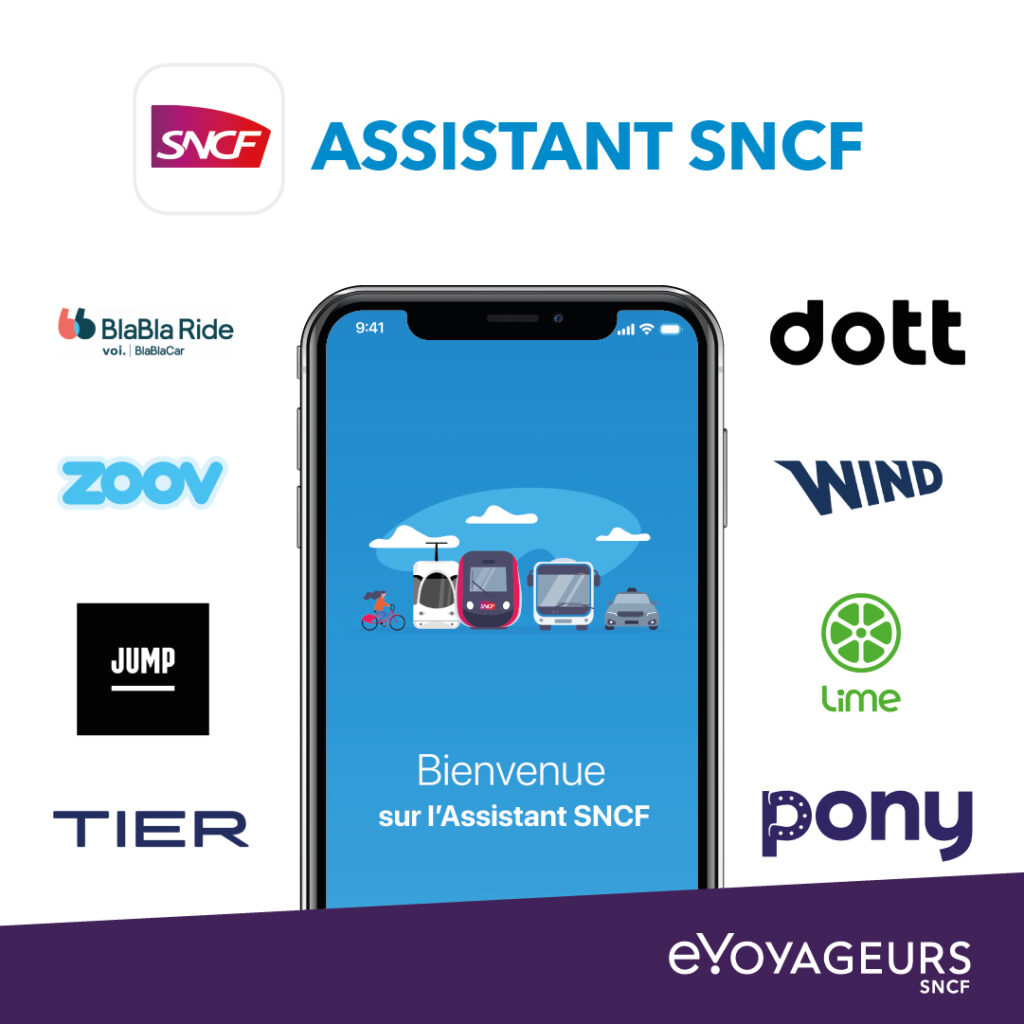
However, it is important to note that, unlike Uber’s service, payment is not made directly on the SNCF’s application. Indeed, at the time of booking, the user is redirected to the operator’s application. The user is free to download the application if he wishes. As a first integration phase, e-Voyageurs SNCF hopes to eventually combine the planning and booking of different modes of transport in a single application. This is currently difficult to implement because of the question of interoperability. But which the railway company is working to resolve.
